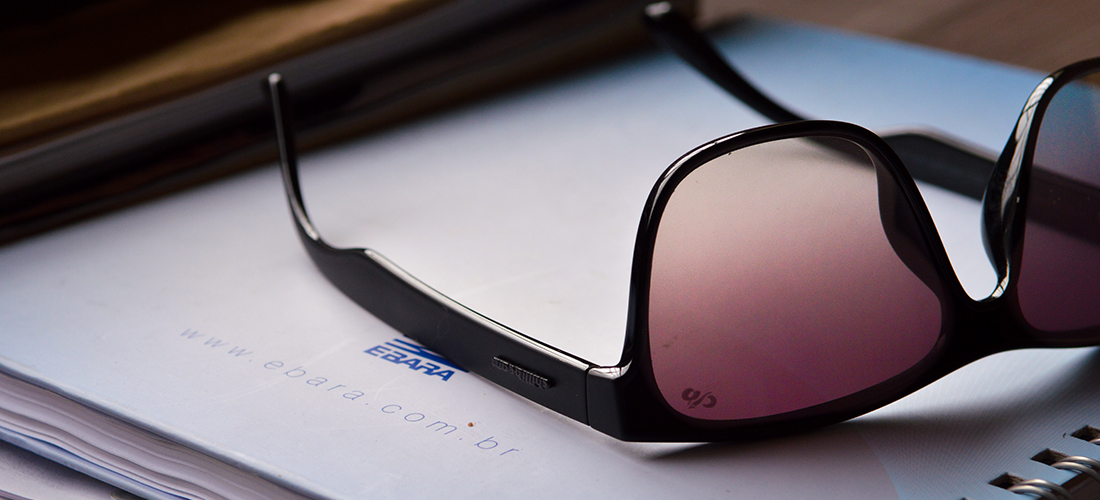At Radiocrafts, we often get the question on how long range our modules can achieve. With all respect that this is a very important question to our customer, the question is impossible to answer in a direct way.
The answer will always be: “It depends”.
A good way to explain this for non RF geeks, to ask someone to answer how long they can see. The answer will be “It depends”, as it will depend if it is night time or day time, if it is a clear day or a rainy day, if you are at a high mountain or deep in the jungle.
RF range also depends, but on some other aspects that determines how far the radio wave will travel. A radio wave share some aspect with light (in fact both are electromagnetic radiation), in that it travels best on a clear day, and do not appreciate moisture. It also travels a lot better from a mountain top (“free sight”), than from a place near the ground. Blocking objects also play a big role. More RF specific items, that are not as obvious for light and how far you can see, is that an antenna for lower frequencies receives better than at higher frequencies. More obvious, a powerful transmitter can reach farther, and a more sensitive receiver can pick up better.
In RF, we talk about “path loss”, which can be described in complex math formulas that are beyond the scope of this post. But, important for a first level understanding, is that path loss is heavily influenced by the frequency (lower is better), the height over ground of the transmitter and receiver antenna (higher up is better), and any blocking objects (less absorbing objects is better, but reflective object, such as metal surfaces, can sometimes help).
The other aspect of range is how noisy the environment is, i.e. how many RF signals that exist in the environment that disturb the receiver. This is what we call radio interference. Heavy noise will cause the signal to be lost, or not well understood by the receiver. Selecting a technology that performs well in a low noise environment (sensitivity) and designing a receiver that avoid unwanted strong noise (selectivity) becomes equally important.
So what about the sun-glasses? -The analogy to how far you can see is that when you have climbed the mountain to see really far then you realize that the sunlight is too bright with all reflections from the snow at the peaks of the mountain, to see anything at all. Then you need a pair of good polarizing sunglasses to reduce the sunlight and your vision becomes much clearer. This is what Ultra Narrowband achieves for the receiver, only allowing the good RF signal to be picked up by the receiver.
Visit our web-site and learn more about Ultra Narrowband.

